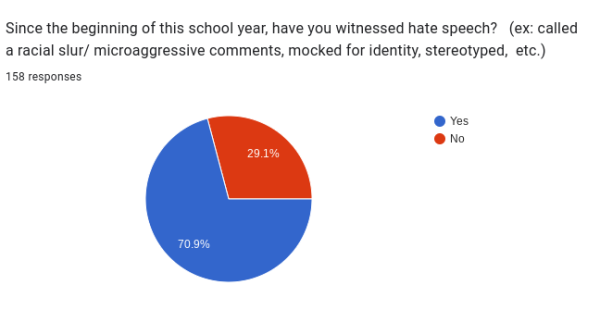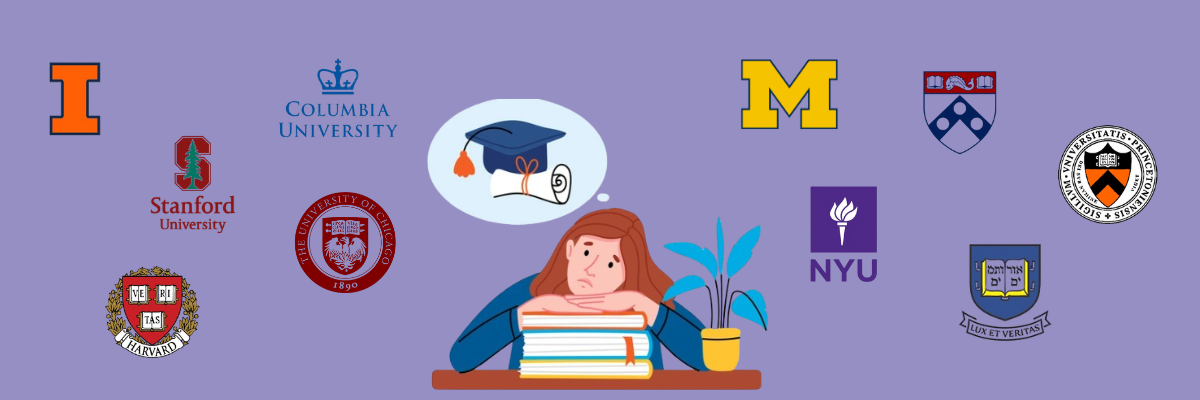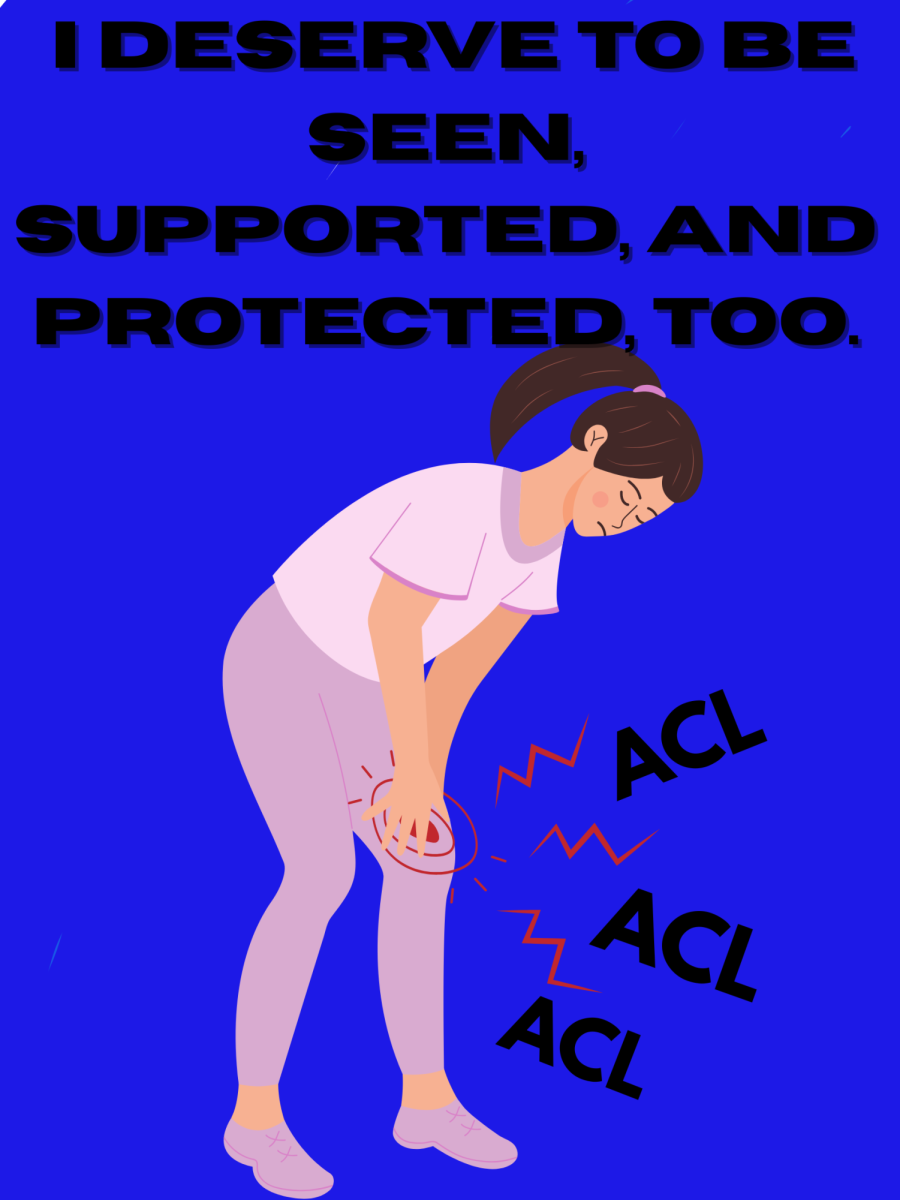Niles North wears its favorite trait as a medal. Boasting from the exterior of the building with a giant “Hate Has No Home Here” sign, Niles North prides itself on being in the same neighborhood where numerous lawn posters announce that “Skokie Welcomes Everyone.” Where everyone can be accepted and celebrated for their differences– it’s one of the most diverse schools in the area, with a 65% minority enrollment, according to Best High Schools U.S. News Rankings.
Meanwhile, in the lunchroom, the N-word echoes out.
Not by a Black person, though: no, this is a white kid, frustrated at what’s just gone wrong in his Super Smash Bros. tournament. He’s playing with a number of friends, not one of whom acts like he’s done anything wrong.
In the boys’ locker room, shrill shouts arise from one section. Kids are shouting about one kid looking at another, or touching another: there is, it would seem, a gay person in everyone’s midst. The shouting might be humorous or actually scandalized–it’s hard to pick which one is worse. All of this is leaving aside, of course, the possibility that in a changing room, any two people could almost certainly see one another without pants or a shirt. Likewise, bumping into someone is almost sure to happen when you have a sardine can’s worth of space.
The 2023-2024 school year began, in part, with hate speech. In an attachment to his back-to-school email from August 1, 2023, Dr. Edwards, our principal, included a “reminder” regarding the use of such language, which implied severe consequences for doing so.
And yet frequently, hate speech and similar ways of speaking creep out to confront members of our school community. Of the 158 students who responded to a recent poll from North Star News, 70.9% say they have witnessed hate speech since this school year began, while 29.1% say they have been on the receiving end of it.


The problem of verbal bigotry at Niles North is, in reality, two-pronged. For one thing, some students are far too comfortable using language that hurts their peers–but for another, there does not appear to be enough that the North administration is doing about it.
When hate speech rears its ugly head, in theory, the school administration snaps into action. District 219 Administrative Procedure 7:190 states that “the school administration is authorized to discipline students for gross disobedience or misconduct,” including “engaging in hate speech or any verbal, non-verbal, or physical acts aimed at a person’s actual or perceived race, color, appearance…” The list goes on, coming to include “gender-related identity or expression,” “sexual orientation,” “religion,” and “physical or mental disability” as well–and that’s only a sample.
In other words, a dean is meant to handle it. Perhaps even the principal–who, it would seem, would be quite up to the task, given how frequently his posts on X (formerly Twitter) over the years have revolved around diversity at Niles North, as well as social justice both here and in the wider world.
And yet, it falls on teachers who catch such offenses to determine consequences for their students, to call home, to fill out paperwork. Or, at least, it really does not seem like the deans or principal do much to discipline offenders of hate speech. When hate speech is reported, some form of punishment is probably issued. However, the fact that hate speech still is an issue at Niles North proves that whatever consequence is handed out is ineffective. A suspension won’t necessarily deter a person from using hate speech again or result in them truly learning the harm of their actions. More of a “sorry that you got caught” type of situation.
Niles North follows the “restorative justice” model when it comes to disciplinary action against students. Restorative justice, as defined by University of San Diego, is “a philosophy and a theory of justice that emphasizes bringing together everyone affected by wrongdoing to address needs and responsibilities, and to heal the harm to relationships as much as possible.”
Though Niles North is supposedly one of these “restorative justice” schools, these practices remain vague and seemingly nonexistent. Perhaps students would be far less likely to use hate speech if the specific consequences of their actions were made clear by the administration, at all times of the year. It seems as if the consequences of having an unexcused absence (multiple voicemails left to parents) or a negative lunch balance (more voicemails left to parents) is much more dire than the consequences of using racial slurs.
Because Niles North’s punishment of hate speech remains so futile, it’s likely a perpetrator of hate speech will return to old habits. Though it should be the responsibility of the higher-ups of our school to hold students accountable for their words and actions, until further notice, it simply must be students who do so.
Perhaps it’s a friend you see using language that’s not okay. In that case, you’re allowed to be gentle but firm. You can find a spot to have a private conversation with that person and inform them that what they’ve just said is a slur or is otherwise wrong to come out of their mouth, even if it might be uncomfortable. If you are affected by the language at use, it doesn’t have to be your responsibility to talk to the other person: you can find a mutual friend who isn’t affected and ask them to be the one to do it. Whatever you decide to do, the goal is to make the other person more aware of their words’ weight: after that, it falls to them to be receptive. If they brush off your comments, it doesn’t mean you should stop taking notes when it happens.
On the other hand, perhaps you don’t know this person well enough to talk to them in this way, or you know they are doing it with intention, not out of ignorance. Intention means that the perpetrator has been informed of the hurt that they cause, that they know the history behind their words, and choose to use them anyway. In this case, there need to be well-known, anonymous options for students to get in touch with the administration and report this troubling conduct. The school could, for example, create an anonymous Google form for students to fill out in these circumstances.
It’s true that some people, out of apathy, will never recognize the way that such language degrades one as a person when it is used. But just because they will not change doesn’t mean they get to feel at home here despite that.
This is our school. We don’t have to give it up to people who can’t show compassion. If our administration cannot work up-down to expel hate speech, we students, as a community, must work down-up to create change and raise our voices to call it out.























Samina Hussain • Jan 26, 2024 at 6:27 pm
Thank you for sharing this well-written article. We have such a long way to go.